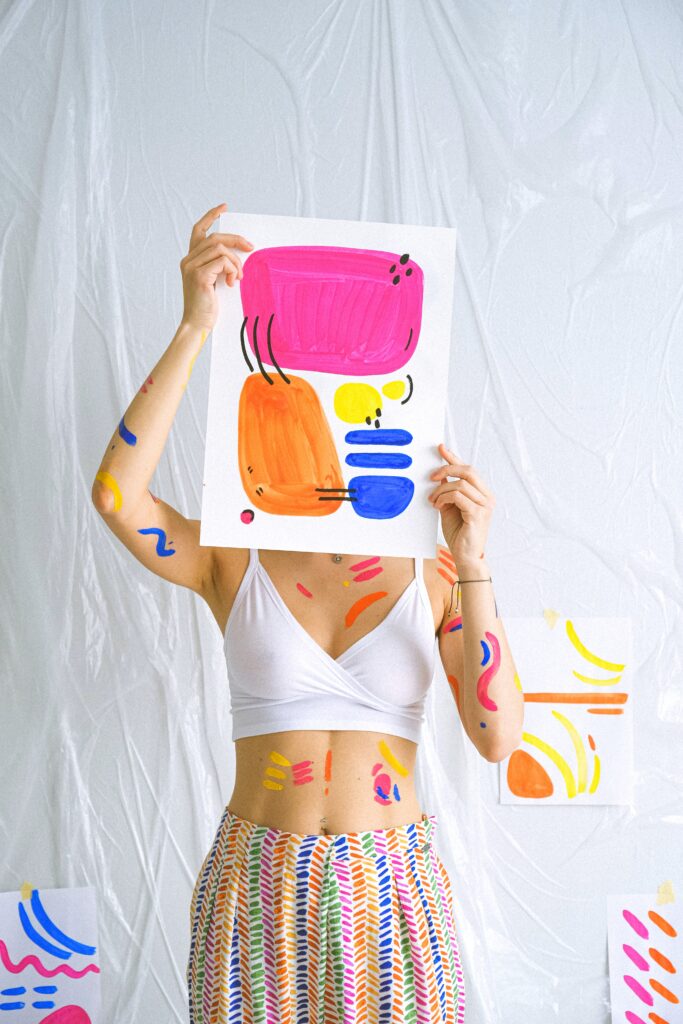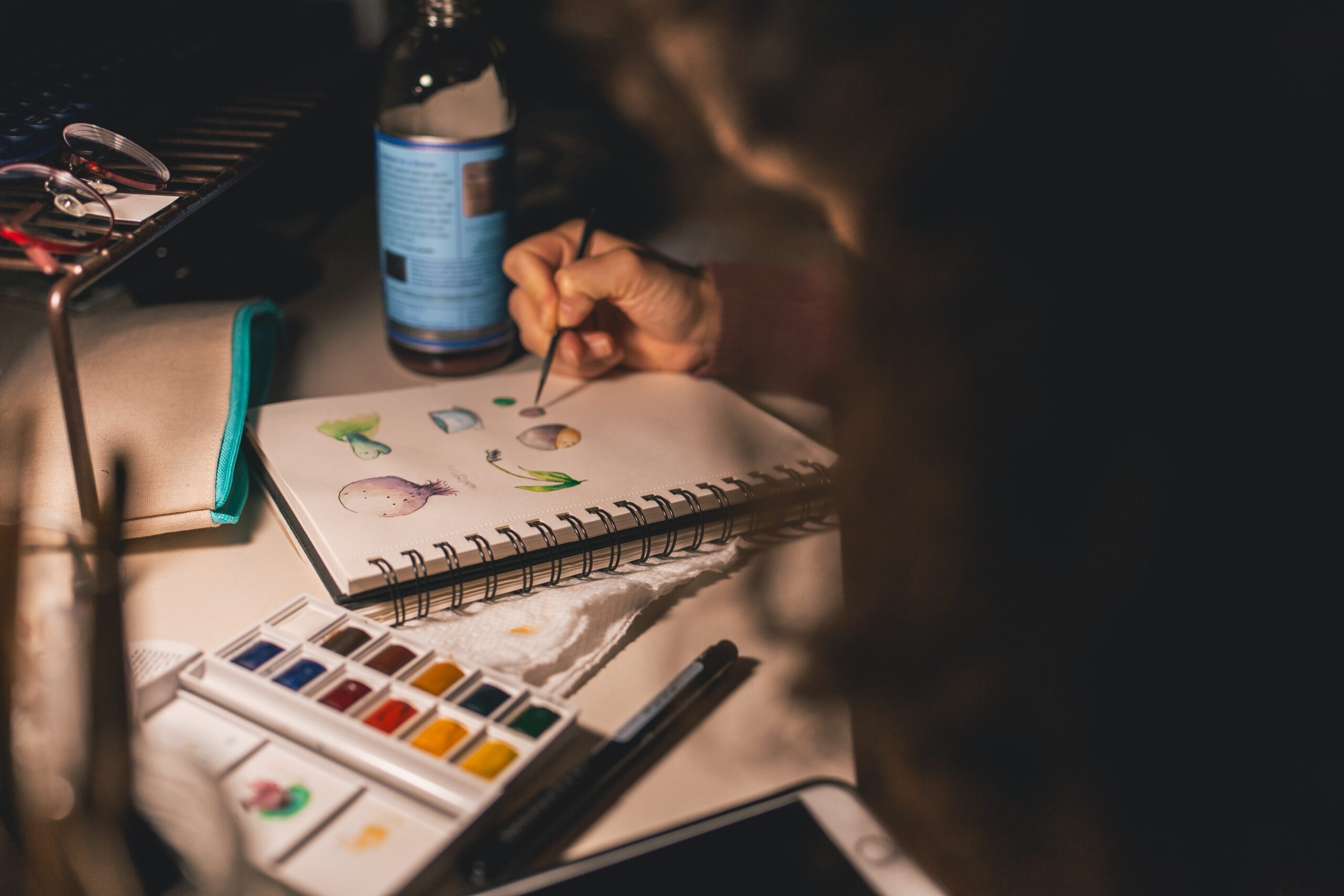It’s time to give colouring a second chance! The benefits of this old childhood pastime have been well documented over the years. From fine-tuning motor skills to improving focus, colouring is back in the spotlight, and this time, adults are enjoying all of the benefits!
Research out of New Zealand found that adults experienced reduced symptoms of anxiety and depression after colouring for as little as 10 minutes a day. Adult colouring provides a healthy way to unplug in a digital world while sparking creativity and renewed focus. So, before you write off colouring as unproductive, here are three reasons why you should incorporate this nostalgic activity into your self-care routine.
Therapeutic Benefits

There are many proven benefits of colouring that can boost your mood, relax your brain, release stress, and improve focus. Even though adult colouring for mindfulness is a relatively new (and popular) concept, Art Therapy goes back nearly a hundred years. Carl Jung, an early pioneer in modern psychology, is often credited for discovering Art Therapy’s benefits, such as improved creativity and greater focus.
Colouring is a complete brain exercise that stimulates the amygdala, the frontal lobe, and the brain’s left and right sides. The amygdala is the section of the brain that is activated when you feel stress or scared. Colouring relaxes the amygdala reducing the stress hormones produced in our brain. The brain’s creative side chooses the colours and provides an aesthetic balance to the art. The frontal lobe provides concentration and focus. The rational side of the brain produces the fine motor skills and problem-solving skills used while colouring.
Improved Sleep

Additionally, colouring is a simple, electronic-free way to relax and unwind. We know that it’s best to avoid electronics for a better night’s sleep because of stimulation. The emitted light reduces your sleep hormone levels, melatonin, which can interfere with your sleep quality.
Even though colouring is a simple task, it requires focus. To focus on the task at hand, you have to block out mental distractions. The focus created by colouring also increases mindfulness. This simple task calls on all the parts of your brain to work together. The adult brain goes into a semi-hypnotic state while colouring, which provides a great way to relax, release stress, and improve focus/concentration.
Beats Boredom

The great psychiatrist Viktor Frankl said that addiction is a response to living a life that has little personal meaning. According to Frankl, the most apparent symptom of such a meaningless life is boredom. Colouring is just one form of Art Therapy that’s proven to be an inexpensive and effective way to beat boredom.
Many therapists will assign art therapy as part of their program because it produces better outcomes in conjunction with other treatments. We know this to be true in addiction recovery. Healthy hobbies will hold your attention and can help you move one step closer to living a meaningful life. At GSWC, our clients receive a 12-month agendas/adult colouring book in their welcome package upon arrival.




